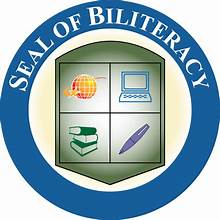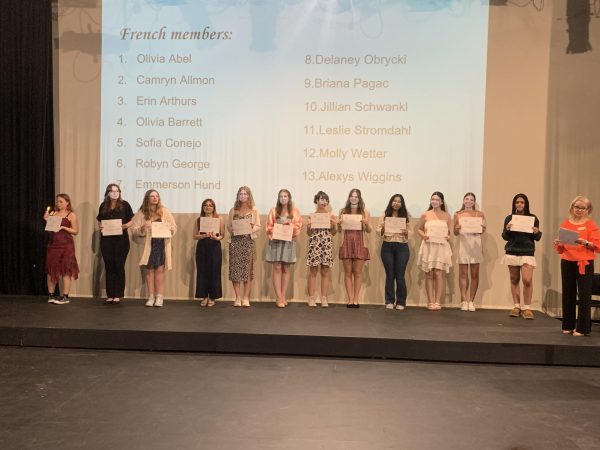Students reflect on pilot Chromebook program
After providing Chromebooks in the classrooms, the school is now sending some students home with Chromebooks with the new pilot 1:1 program.
“The idea is one laptop to each child,” said English teacher Tom New.
For a few years, they have been providing Chromebooks for teachers to sign out for certain days in their classrooms, which was a factor of the decision to start the one-to-one program.
“We have had Chromebooks for two and a half years,” said director of technology Michael Marassa.
The program wasn’t originally as big as it is now. There were meetings discussing how many they wanted to hand out and how many of the students would take part in the pilot program.
“The district decided in the fall of 2014 to conduct a one-semester pilot of Chromebooks with 50 students per school. At the conclusion of the 2014-15 school year, the building principals and district leaders determined to expand the pilot to 150 students per school, 300 students total,” Marassa said.
Not every class can have Chromebooks to take home, so they had to limit the classes that were able to be a part of the one-to-one program.
“[There are] 10 classes [that have Chromebooks],” Marassa said.
The classes that were picked to have Chromebooks were not picked randomly. The administration looked at every class and picked based off of the content.
“Building administration identified classes that represented different content areas and teachers interested in participating,” Marassa said.
The students get the Chromebooks for an entire year, and they are responsible for the safe return as well, even though accidents can happen.
“They got them the second week of school, and they get them until the end of the year,” New said.
The responsibility of owning school property for such a long time could be very stressful for some students.
“It’s not too much responsibility. You just have to make sure to be careful and not accidently damage the Chromebook,” said junior Andrea Hesse.
The Chromebooks are used for online activities inside and outside of the classroom.
“One downfall to having the Chromebooks is that we don’t use them that often in the other classes. [We use them] almost every day in English because we type a lot more in that class over any other class,” Hesse said.
Not all students have access to a computer or internet at home, but some classes give online homework or give out assignments that have to be turned in online through Schoology. Giving students Chromebooks to take home would give students without computers a chance to use the technology to do the online homework that teachers assign.
“The Chromebooks have helped with the online homework, but there isn’t a lot of that, so it’s the same homework wise,” Hesse said.
There is still talk about the entire school going one-to-one, but nothing is set in stone yet.
“The district is providing an update of the 1:1 pilot at the February Board of Education meeting,” Marassa said.




